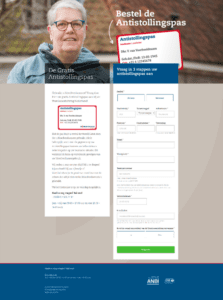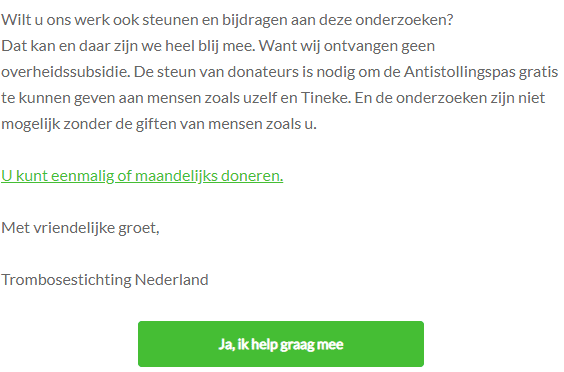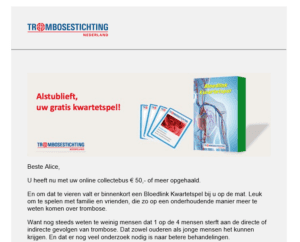Subscribe to our newsletter
Get fresh insights to help your charity grow.
How do you convert a potential donor into an actual donor? One of the best ways is to develop a good donor journey based on the See Think Do Care model (STDC).
By Samira Huibregtse, Junior Digital Marketer, Mindwize
The STDC model is a 4-phase model for converting potential donors into actual donors. It was conceived by Avinash Kaushik of Google, who is also the author of Web Analytics 2.0, amongst others. The model effectively exploits our behavioural patterns in the current digital era.
You use this model to map out the donor journey. That is the journey your potential donors complete before they become actual donors. In doing so, you respond to needs in the various phases of the donor journey.
Phase 1: See – your potential donor is introduced to your charitable cause
Phase 2: Think – they consider: ‘Should I become a donor?’
Phase 3: Do – they make a donation
Phase 4: Care – you maintain a good relationship with them after the donation

Filler advertisement for the Dutch Thrombosis Foundation.
You do not recruit yet in this phase, but try to reach the right people as much as possible. That can be done very well with Google Display advertisements. Those are online advertisements with a call-to-action that takes people to a landing page. You naturally focus on a target group that matches your charitable cause.
At Mindwize, we use online as well as offline methods to generate as much reach as possible. With filler advertisements offline and with Google Ads online.

The primary objective in this phase is to generate leads. In this phase of the donor journey, people are not yet willing to donate immediately, but they are interested enough to provide their telephone number or email addres.
You focus on the people who have seen your advertisement and who now want to know more about your campaign, petition, or event. You do that with Google Ad Grants, for example (Google Adwords for charitable causes). That way, you appear high on the search page when someone searches for information about your charitable cause. But you can also use a Facebook campaign by means of which someone can request a brochure or sign a petition.
People who provide their details are leads you can approach with a series of emails you have prepared prior (marketing automation flow).
The Dutch Thrombosis Foundation uses an anti-coagulation pass in this phase instead of a brochure or petition. This pass is intended for people who use blood thinners and it contains medical information that is important for practitioners around the whole world. You must enter your email address to request this pass, and your telephone number too if you wish.
The marketing automation flow is central in the third phase of the donor journey. The objective is to persuade your leads to become donors.
You can use the emails in your marketing automation flow to explain to your potential donors what your organisation does and why you need their help.
In this phase, you can also focus on people who have already been on your Facebook page or website, or who have given you their email address during a previous campaign. You can address (retarget) this warm target group again. They are more likely to consider making a donation because they are already interested.

From an email from the Dutch Thrombosis Foundation
The last phase of the donor journey also deserves all your attention. Because a good relationship with your donors is crucial. And if you succeed in that, they become your ambassadors.
A good marketing automation flow is important now too to keep your donors informed and engaged. But you also maintain your donor’s interest with special campaigns. That way, they remain engaged and you thank and reward them for everything they do for you.

To thank the donor for her efforts during World Thrombosis Day, she received a quartet game if she collected more than €50 in her collection box.
Immerse yourself in that. Then you know how to encourage your potential donor to take the desired action in each of the 4 phases.
The Mindwize experts have plenty of experience in that and we possess a great deal of expertise. We would be happy to share it with you.
Consider whether you want to use the STDC model for your donor recruitment.
And if you would subsequently like to know more or would like help with developing a donor journey or advertising campaign, contact us with no obligation.
Get fresh insights to help your charity grow.